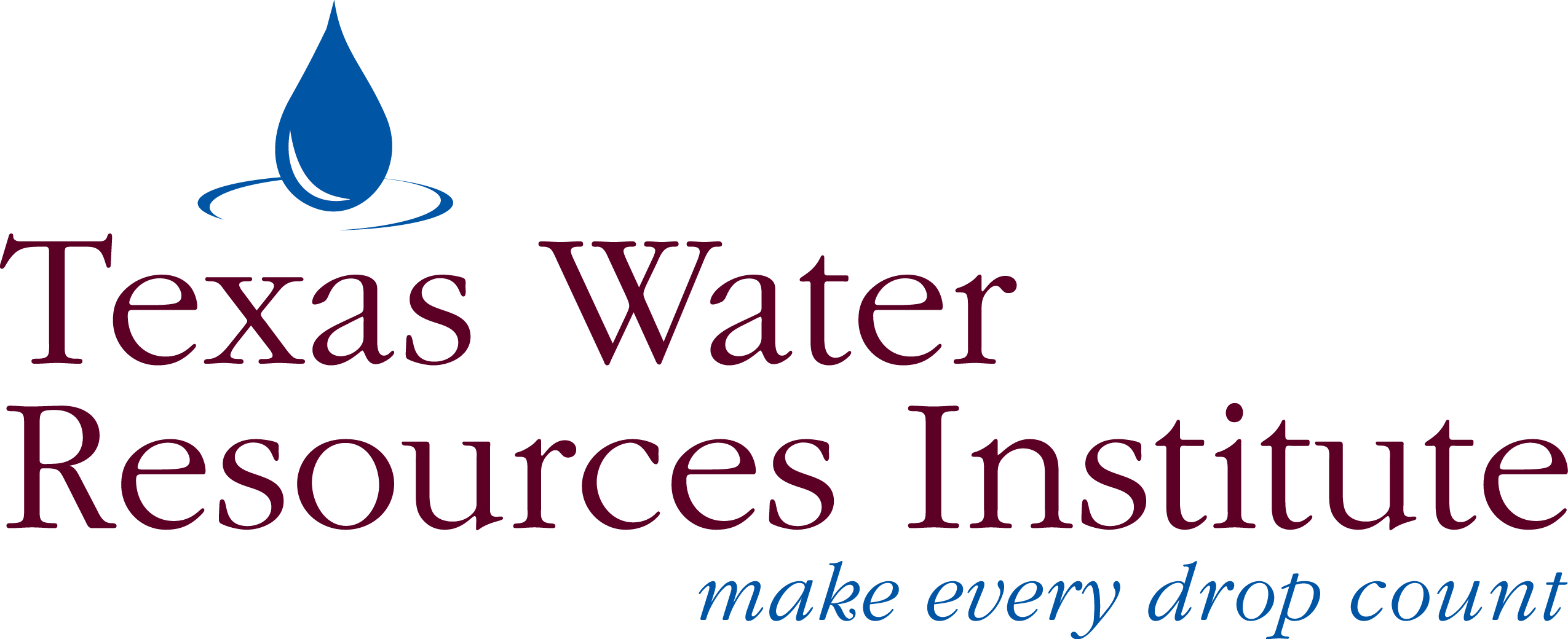When Texas A&M University students are choosing their course schedules, a class called “The World Has a Drinking Problem” stands out in the crowd. But AGSM 105 is more than a clever name. The 1,000 students enrolled annually in the course are gaining insights into both domestic and international water concepts, including U.S. groundwater and surface water law, population impact on water, how water quality can be affected by public policy, and the cost to distribute water to communities.
At Texas A&M, this class counts as a cultural discourse as well as a science credit, allowing students of all majors the opportunity to take the course.
Creating the first ripple
The AGSM 105 class was established by Doug Kingman, Ph.D., in an effort to introduce more students to the Department of Biological and Agricultural Engineering.
Kingman developed a 100-level water course designed to engage classes with interesting topics in water and agriculture. “The idea was to get the class as big as possible,” he said. “We made our targets high school parents and students, incoming freshmen.”
Kingman created an attention-grabbing name for the course — “The World Has a Drinking Problem” — and the rest was history.
“As a joke, I put it on the proposal,” he said. “Someone in the dean’s office saw it and said it was brilliant, and that was the end of that.”
The AGSM 105 class launched in the Fall of 2021, starting with one section of 70 students. Since then, it has grown to two sections per semester, with over 250 students in each.
“We had no idea it would do anything like it did,” Kingman said. “We were thinking 50 students was big.”
The semester-long course covers:
- International drinking water regulations and standards
- World population and water requirements
- Rainwater harvesting and the reuse of water for drinking and irrigation
- Impact of race, gender and socioeconomic status on the availability of clean drinking water
- Water contaminants – turbidity, color, chemicals/nutrient levels, dissolved solids
- Water purification and distribution systems

Setting a new course
Although the AGSM 105 class has grown substantially since its initial development, Kingman is planning to transform this class into a program that provides students with the tools they will need to become successful in water-specific career fields.
“We’ve started an effort to springboard 105 into a water program,” he said. “We’re doing this to build a structure that takes students from the classroom to a career in water.”
Whether it’s adding more guest speakers, coordinating experiential learning experiences, or adding industry-relevant certifications within course content, Kingman is committed to growing this course into a program that prepares students for water-related career paths.
“Before, 105 has just been a class, but this fall, we are going to raise awareness of water issues on Texas A&M’s campus,” he said.
To provide students with hands-on applications, Kingman is exploring partnerships with companies to offer students field exposure.
Kingman also expands the educational impact of the course to its teaching assistants, training them for professional opportunities in water-related fields.
“The TA's are extraordinary people already,” he said. “I want them to become extraordinary water ambassadors and serve the state of Texas or the United States.”
Kingman's commitment to student success is a strong reflection of Texas A&M’s core value of selfless service, a principle he tries not only to embody but instill in his students.
“I believe that you should give more than you should take,” he said. “I don't know what that means for everyone, but that’s what I would like my students to do, is give more than they take.”
To support Kingman's initiative, you can reach him at douglas.kingman@ag.tamu.edu.


